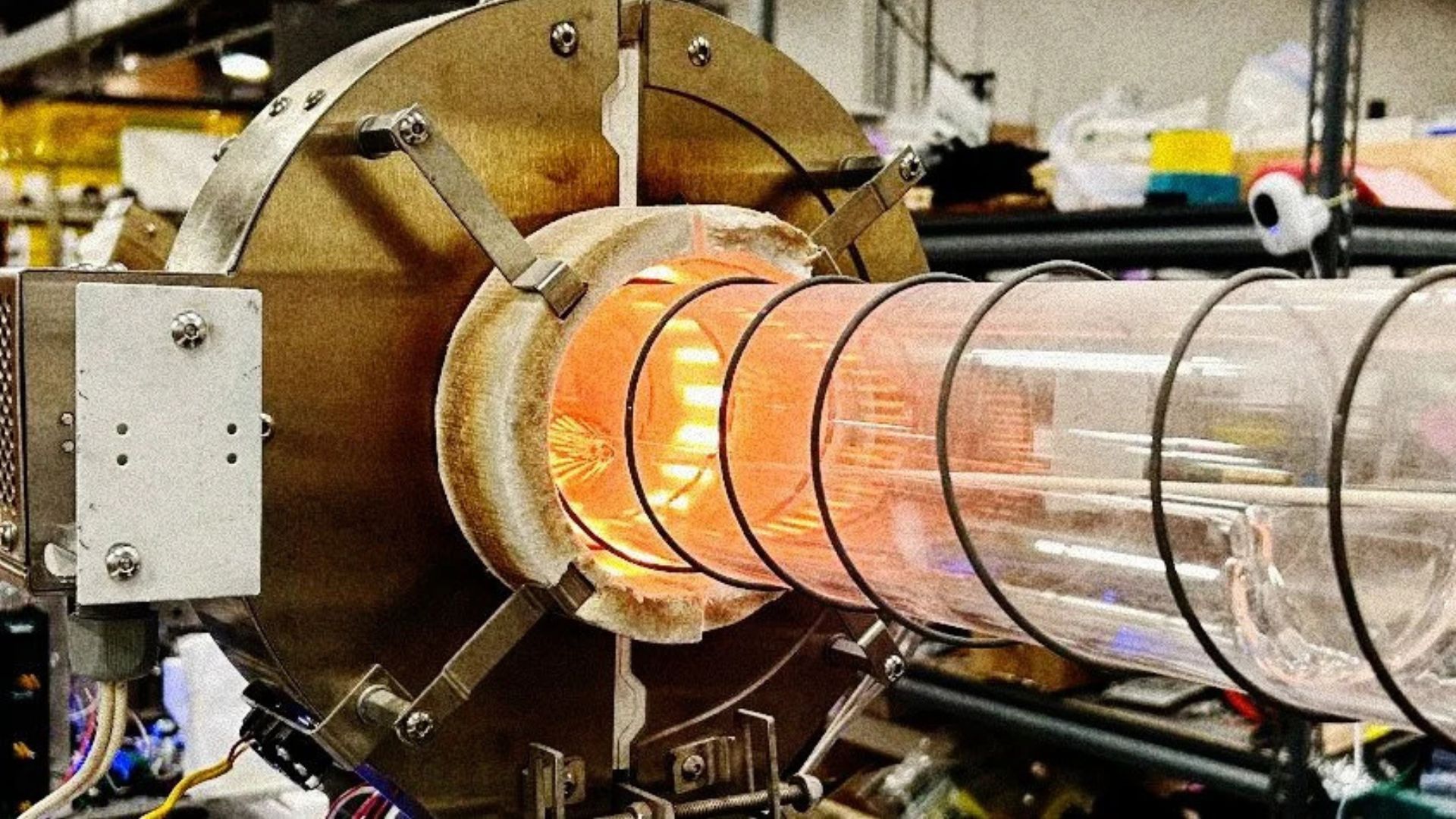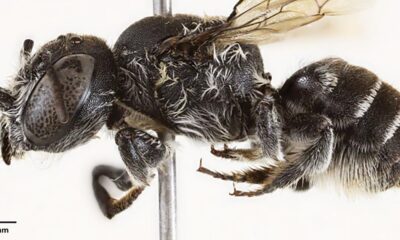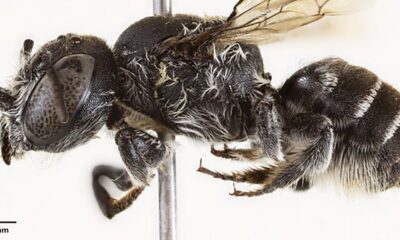Science
Australia’s SABRE South Experiment Aims to Unravel Dark Matter

A groundbreaking dark matter detection experiment, known as SABRE South, is nearing completion at the Stawell Gold Mine in regional Victoria, Australia. This ambitious project, which has been over a decade in the making, aims to explore the elusive composition of dark matter, a fundamental aspect of the universe that remains largely a mystery.
The experiment will be situated over a kilometer underground and will feature extensive shielding made of steel and plastic to minimize interference from cosmic rays. SABRE South is set to begin data collection in 2024 and has the potential to significantly advance our understanding of dark matter.
The Quest for Dark Matter Understanding
Dark matter was first theorized in the 1930s and is believed to account for approximately a quarter of the total mass-energy content of the universe. Its existence has been inferred from its gravitational effects on visible matter, but it has not yet been directly observed. In 1998, researchers involved in the DAMA experiment at the Gran Sasso Mountain in Italy claimed to have detected dark matter through a weakly interacting massive particle (WIMP). Since then, scientists worldwide have aimed to replicate and validate these findings.
Elisabetta Barberio, director of the ARC Centre of Excellence for Dark Matter Particle Physics, emphasized the significance of the ongoing research, stating, “There is a big hunt for the composition of dark matter worldwide. This research will tell us what the majority of the universe is made of.”
How SABRE South Plans to Detect Dark Matter
At the core of the SABRE South experiment is a detector utilizing several sodium-iodide crystals. Researchers hope these crystals will interact with potential dark matter particles, producing faint light signals that can be measured. Leading the project is Professor Phillip Urquijo, an experimental particle physicist who recognizes the importance of collaboration and competition in this field.
“There are three major global groups racing to replicate the DAMA findings,” Urquijo noted, referring to research teams located in South Korea, Spain, and again at Gran Sasso. He welcomes this competitive atmosphere, asserting that multiple experiments are essential for confirming results.
Unique to SABRE South is its location in the southern hemisphere, which may provide critical data points for comparison. This geographical advantage is expected to help in cross-referencing signals and reducing false positives that can arise from environmental factors or seasonal changes.
As Urquijo conveyed, the journey to substantial findings will take time. “We’re looking for the seasonal effects, so if we just saw it one year, we might say that’s a fluke,” he explained. “You need five years to see it — you need to make sure that it’s not a mistake.”
The completion of SABRE South represents a significant step forward in the global effort to understand dark matter. As data collection begins next year, the scientific community eagerly anticipates the insights that may emerge from this innovative experiment.
-

 Technology4 months ago
Technology4 months agoDiscover the Top 10 Calorie Counting Apps of 2025
-

 Health2 months ago
Health2 months agoBella Hadid Shares Health Update After Treatment for Lyme Disease
-

 Health3 months ago
Health3 months agoErin Bates Shares Recovery Update Following Sepsis Complications
-

 Technology3 weeks ago
Technology3 weeks agoDiscover 2025’s Top GPUs for Exceptional 4K Gaming Performance
-

 Technology2 months ago
Technology2 months agoElectric Moto Influencer Surronster Arrested in Tijuana
-

 Technology4 months ago
Technology4 months agoDiscover How to Reverse Image Search Using ChatGPT Effortlessly
-

 Technology4 months ago
Technology4 months agoMeta Initiates $60B AI Data Center Expansion, Starting in Ohio
-

 Technology4 months ago
Technology4 months agoRecovering a Suspended TikTok Account: A Step-by-Step Guide
-

 Health4 months ago
Health4 months agoTested: Rab Firewall Mountain Jacket Survives Harsh Conditions
-

 Lifestyle4 months ago
Lifestyle4 months agoBelton Family Reunites After Daughter Survives Hill Country Floods
-

 Technology3 months ago
Technology3 months agoUncovering the Top Five Most Challenging Motorcycles to Ride
-

 Technology4 weeks ago
Technology4 weeks agoDiscover the Best Wireless Earbuds for Every Lifestyle





















